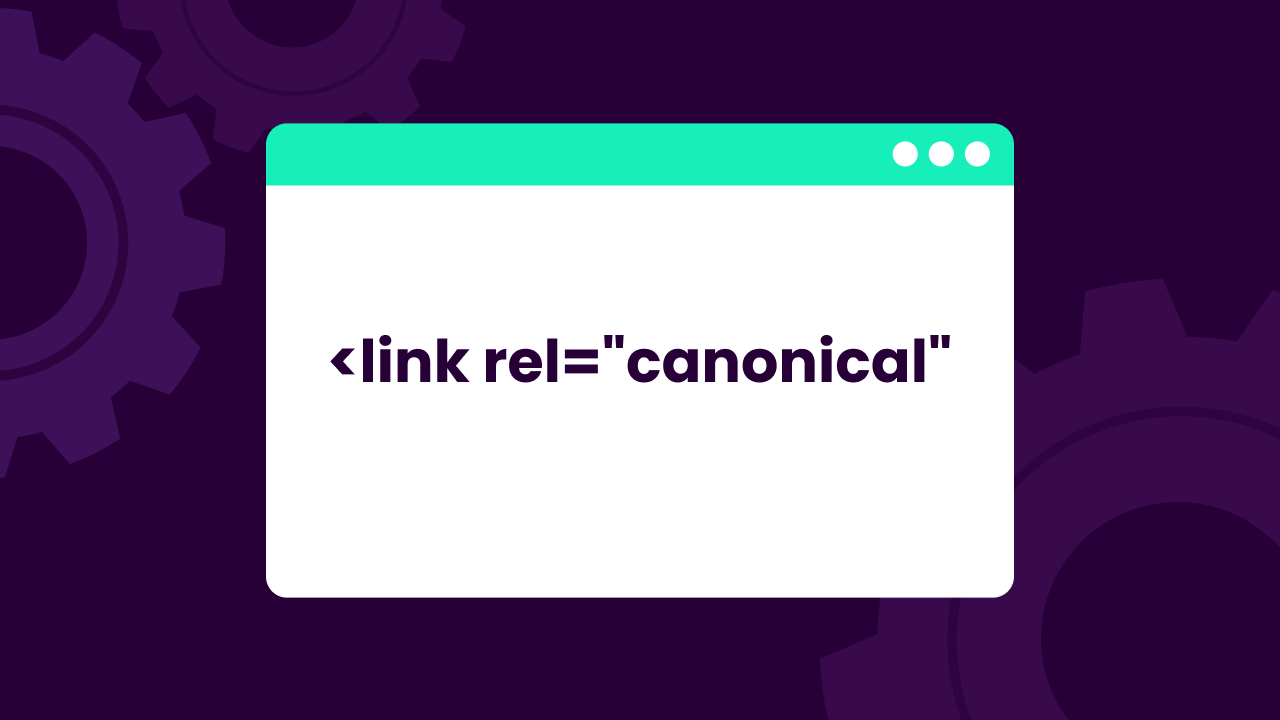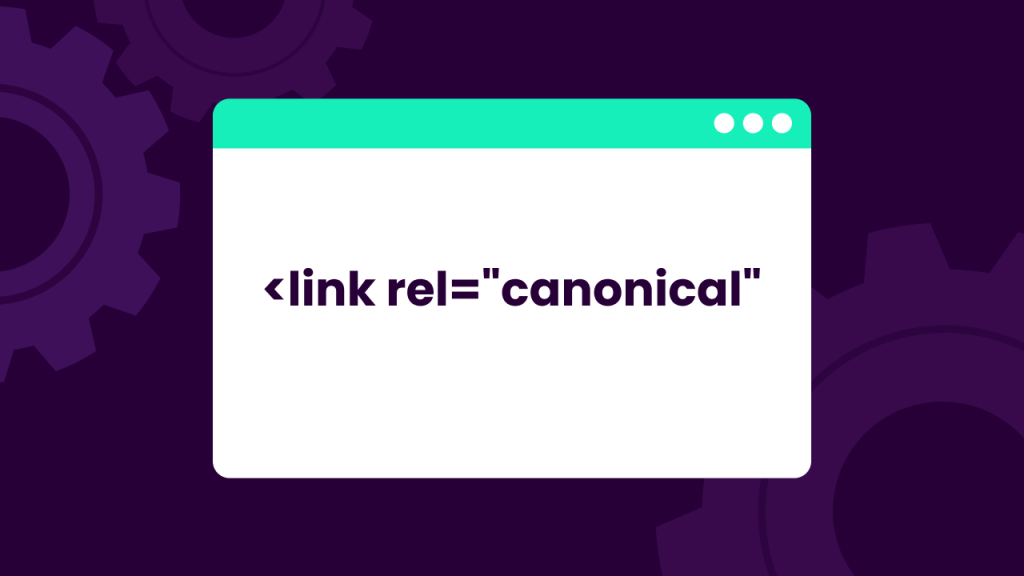When you onboard a new employee, you’re bringing on someone with new skills, talents, and ideas to help your company grow. But onboarding is about more than just getting a new employee up to speed on the company’s policies and procedures.
Done well, it can set the stage for long-term success and employee engagement.
Here’s what you need to know about onboarding, why it’s important, and how to make sure your onboarding process is successful.
What Is Onboarding?
Onboarding is the process of onboarding new employees – helping them transition into their new roles, and getting them up to speed on the company’s policies and procedures.
It’s about more than just orienting new hires to their job duties; it’s about making sure they understand the company culture, have the tools and resources they need to be successful, and feel like they are part of the team.
Why Is Onboarding Important?
There are a few reasons why onboarding is important:
– It sets the tone for the employee’s time with the company.
– It can help new employees hit the ground running and be productive quickly.
– It can help reduce turnover.
– It can help new employees feel like they are part of the team and invested in the company’s success.
How to onboard effectively?
Onboarding is a process, not an event. The goal is to help new employees transition into their roles successfully and feel like they are part of the team. Here are a few tips to onboard effectively:
– Make sure the onboarding process is well planned and organized.
– Set expectations upfront.
– Be flexible – onboarding should be tailored to the individual’s needs.
– Provide resources – make sure new employees have the tools and resources they need to be successful.
– Get feedback – onboarding is an ongoing process, and you should be constantly evaluating and adjusting the onboarding process based on feedback.
Who owns onboarding?
While onboarding is the responsibility of the entire organization, there are typically a few key players who own the onboarding process:
– The hiring manager.
– The HR department.
– The onboarding team.
– The mentorship program.
Is onboarding and training the same thing?
Onboarding is different from training in a few key ways:
– Onboarding is about more than just job duties – it’s also about culture and fit.
– Onboarding is an ongoing process, not a one-time event.
– Onboarding is tailored to the individual, while training is usually standardized.
How has onboarding changed during the pandemic?
The pandemic has changed the way a lot of industries work.
Some companies are now working completely remotely and, therefore, employee onboarding has also been done online!
Other than that, here are some of the things we can say have changed in employee onboarding after the pandemic:
– There is more focus on culture and fit.
– There is more emphasis on providing resources and support.
What are the stages of onboarding?
There are typically three stages of onboarding: pre-boarding, onboarding, and post-boarding.
Pre-boarding is the period before an employee’s first day. Make sure you have someone in contact with the candidate throughout the documentation process.
Usually, HR takes the lead in the pre-boarding process as they were the ones to recruit the candidate.
During onboarding, employees are oriented to their new roles and the company.
Post-boarding is the period after an employee’s first day when they are settling into their new role and getting up to speed on the company’s policies and procedures.
Conclusion
Onboarding is a process that helps new employees transition into their roles and feels like they are part of the team.
It’s important to onboard effectively to set the tone for the employee’s time with the company, help them be productive quickly, and reduce turnover.
The onboarding process typically has three stages: pre-boarding, onboarding, and post-boarding.
The pandemic has changed the way onboarding is done for some companies, with more focus on culture and fit, and more emphasis on providing resources and support.
Did you enjoy this content? Has it helped in your onboarding research? Let me know in the comments below!












